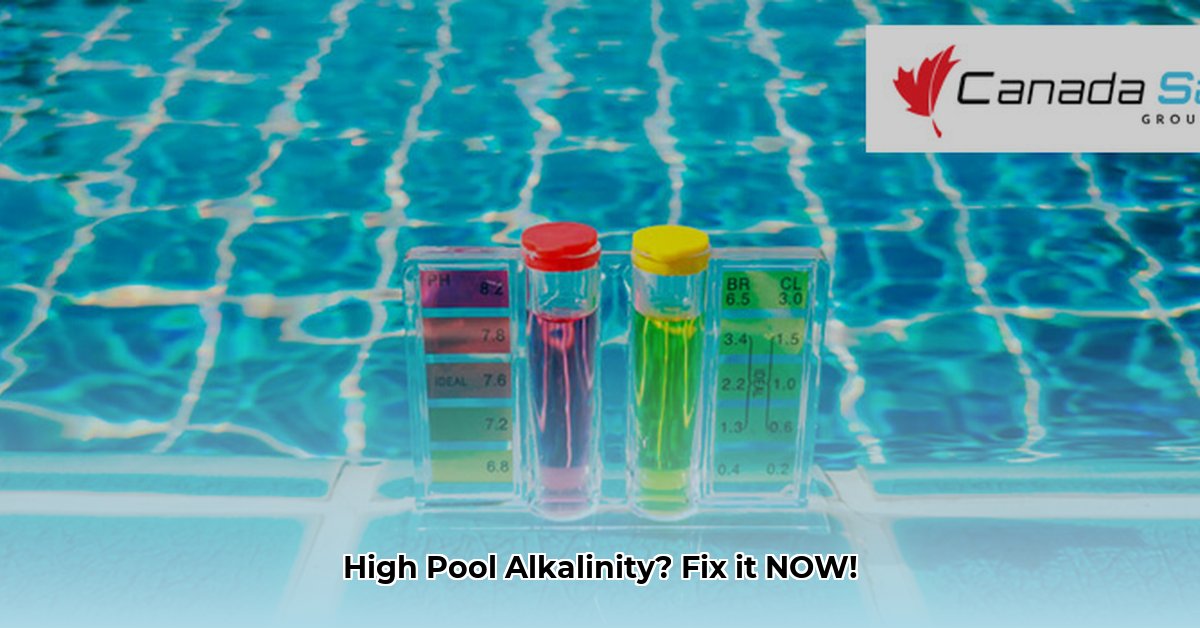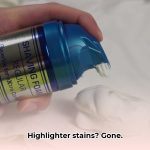Taming Your Pool’s Total Alkalinity: A Crystal-Clear Approach
High alkalinity can throw your pool’s chemistry out of balance, leading to cloudy water, scaling, and ineffective chlorine. This comprehensive guide provides step-by-step instructions for lowering alkalinity using either muriatic acid or dry acid (sodium bisulfate), ensuring a sparkling clean and healthy swimming environment.
Why High Alkalinity Matters
High total alkalinity acts like a stubborn bouncer for your pool’s pH, preventing necessary adjustments and hindering the effectiveness of chlorine. This can lead to:
- Cloudy Water: High alkalinity disrupts the water’s balance, resulting in a murky, uninviting appearance.
- Scaling: Excess alkalinity causes minerals to precipitate out of the water, forming unsightly deposits on surfaces and equipment.
- Ineffective Sanitizer: High alkalinity neutralizes chlorine, making it less effective at killing bacteria and algae, potentially leading to unhealthy swimming conditions and increased chemical costs.
The ideal alkalinity range is typically between 80 and 120 parts per million (ppm). Some research suggests a narrower range might be optimal, but further study is ongoing. Regular testing is vital to catch imbalances early.
Testing Your Pool’s Alkalinity
Before adjusting alkalinity, accurate testing is essential. Several options are available:
- Test Strips: Convenient for a quick check, providing a general indication of alkalinity levels.
- Liquid Test Kits: Offer more precise measurements, ideal for confirming test strip results or when more accurate data is needed.
- Digital Testers: Provide the most accurate readings, eliminating guesswork and offering consistent results.
Choose the method that suits your needs and budget. Regardless of the method, always check expiration dates on testing materials to ensure accuracy. If you encounter inconsistent readings, try a different method or consult a pool professional.
Lowering Alkalinity: Two Effective Methods
Using Muriatic Acid: The Power Player
Muriatic acid is highly effective but requires careful handling.
Step 1: Safety First! Gear up with gloves, goggles, and a mask. Ensure proper ventilation to avoid inhaling fumes.
Step 2: Turn Off the Pump. Stopping circulation concentrates the acid’s initial impact.
Step 3: Calculate and Dilute. Use a muriatic acid pool calculator to determine the precise dose based on your pool’s volume and current alkalinity. Always add acid to water (never the reverse), following the manufacturer’s instructions for dilution.
Step 4: Gradual Addition. Slowly pour the diluted acid into the deep end, distributing it evenly around the perimeter. Avoid splashing.
Step 5: Circulate and Test. Turn the pump back on and let it run for 4-6 hours. Retest alkalinity and pH, adjusting pH as needed. Repeat treatment if necessary.
(Image: Person pouring diluted muriatic acid into a pool while wearing protective gear)
Using Sodium Bisulfate (Dry Acid): The Gentler Giant
Dry acid is less potent and generally safer to handle.
Step 1: Protect Yourself. Wear gloves and eye protection.
Step 2: Calculate and Dissolve. Use a dry acid pool calculator to determine the correct amount. Dissolve the granules in a bucket of water, following product instructions.
Step 3: Add to Pool. Pour the dissolved solution evenly around the pool’s perimeter.
Step 4: Circulate and Test. Run the pump for 4-6 hours. Retest alkalinity and pH and make adjustments as necessary. Repeat treatment if needed.
(Image: Person pouring dissolved dry acid into a pool while wearing gloves)
Managing pH After Alkalinity Adjustment
Lowering alkalinity often lowers pH. If pH falls below 7.2, raise it using a pH increaser or by aerating the water (e.g., turning on waterfalls or fountains).
Troubleshooting
- Persistent High Alkalinity: Repeat treatments in smaller doses over several days. High calcium hardness can interfere with alkalinity adjustments, so address this first if necessary.
- Low pH: Aerate the water or use a pH increaser. Avoid products containing baking soda or soda ash, which raise alkalinity.
- Inconsistent Test Results: Check the expiration dates of testing materials. If problems persist, try a different testing method or consult a pool professional.
Proactive Alkalinity Management
- Regular Testing: Weekly testing helps catch imbalances early.
- Balanced Water Chemistry: Maintain proper pH, calcium hardness, and other chemical levels.
- Avoid Over-Shocking: Frequent shocking can raise alkalinity.
- Source Water Check: Test your fill water’s alkalinity to anticipate potential issues.
Maintaining Your Pool’s Chemical Harmony
Managing alkalinity is key to a healthy, sparkling pool. By understanding the causes and solutions for high alkalinity, and with regular testing and maintenance, you can ensure a refreshing and enjoyable swimming experience. If you have any questions or persistent issues, contact a pool professional for personalized advice.
(Video: Demonstration of testing pool water for alkalinity and performing both muriatic acid and dry acid treatments)
(Infographic: Quick reference table summarizing ideal alkalinity and pH ranges, common causes of high alkalinity, solutions, and safety precautions)
- How to Get Motor Oil Out of Clothes: Proven Methods & Step-by-Step Guide - April 25, 2025
- How to Get Mothball Smell Out of Clothes: A Complete Guide - April 25, 2025
- How to Get Highlighter Out of Clothes: Easy & Effective Stain Removal Guide - April 25, 2025










